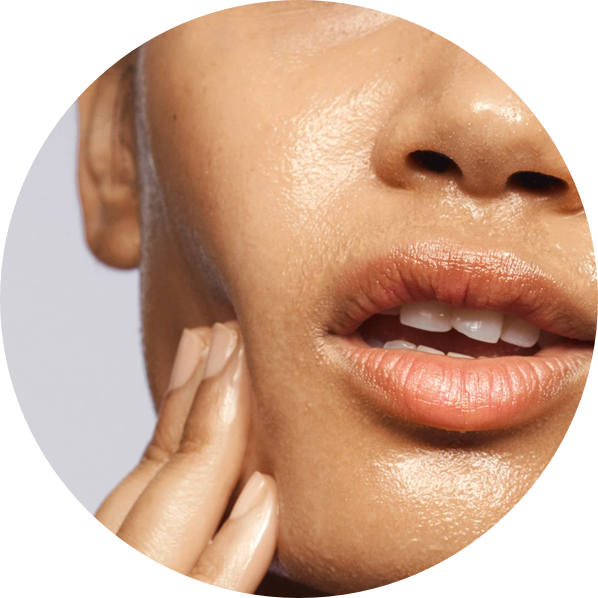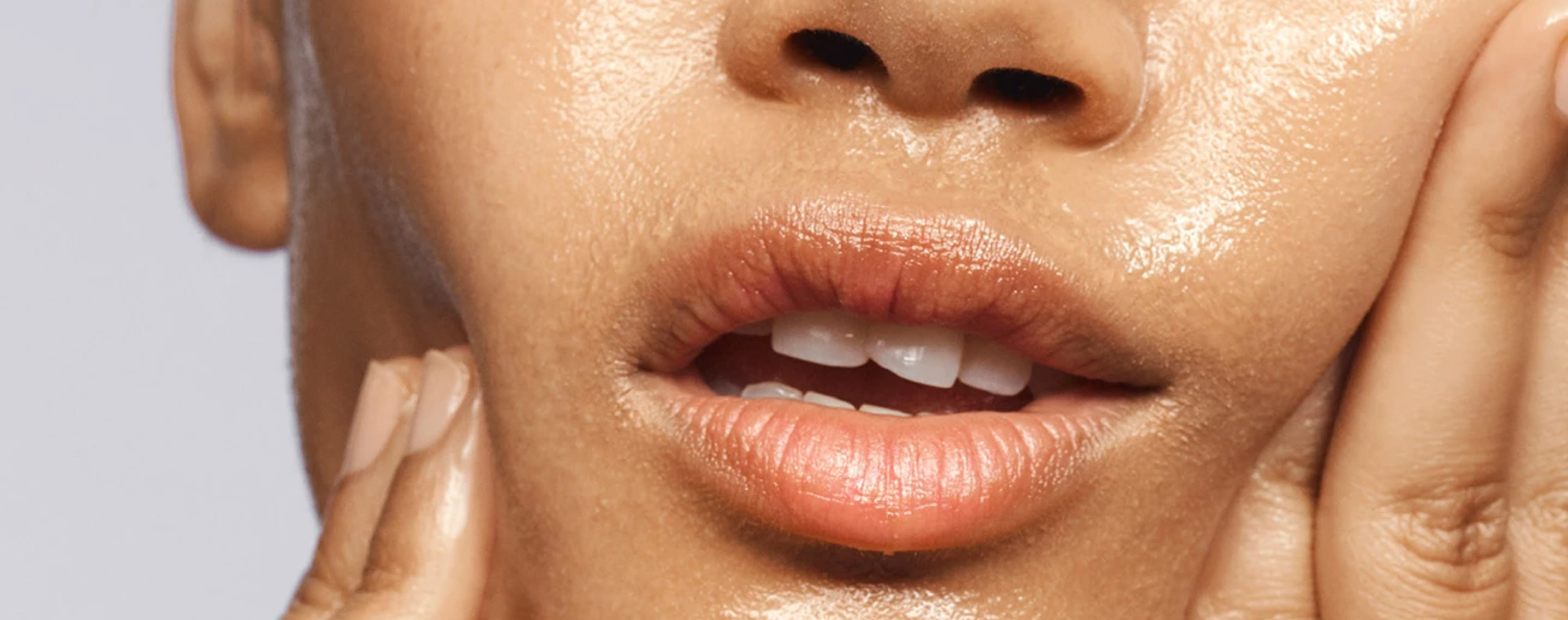Education
The Difference Between Retinol and Retinoids


SHARE
Education
The Difference Between Retinol and Retinoids
Medically reviewed by Aimee Paik, MD
Written by Daley Quinn
Last updated 4/6/2022
If retinoids were to ever receive a high-school superlative, it would definitely be “teacher’s pet”—the anti-aging powerhouse works hard to treat so many different skin concerns, from fine lines and wrinkles to sun damage, to acne and more. This teacher’s pet is up late working at night, is beloved by almost every dermatologist, can definitely be irritating at times, and consistently outperforms everyone in their class.
Retinoids are a tried-and-true ingredient in the skincare world, but with so many different types of retinoids available, it’s confusing to know which type to use for which skin concern.
Retinol vs. retinoid: what’s the difference?
Both retinol and retinoids are Vitamin A derivatives. Although both eventually convert to retinoic acid in the skin, one class is a lot more powerful than the other. Unlike retinoids, retinols can be found over the counter and are a weaker Vitamin A derivative because retinol needs to be converted to retinoic acid by the body before it can be used for anti-aging goodness. Retinoids, on the other hand, are prescribed by your dermatologist and ones like tretinoin (also known as Retin-A or retinoic acid) can quickly be used by the body and are much stronger than their over-the-counter counterparts.
Retinols work more gradually and might not be as irritating as a retinoid. However, it will take longer to see results from a retinol as opposed to a prescription-grade retinoid. The results may also not be as dramatic.
How do you use a retinoid or retinol?
Whether you’re using an over-the-counter retinol or prescription retinoid, it’s best to use them at night, since retinoic acid can make your skin more sensitive to UV rays and sunlight, further decreasing the efficacy of the product. Retinol and retinoids “can be irritating, especially with initial use, so it’s best to apply it every other night for the first two to four weeks while your skin adjusts, and then use it nightly,” says Dr. Aimee Paik, a board-certified dermatologist and Medical Director of Apostrophe.
If you’re someone who has very sensitive skin or has a history of severe eczema, Dr. Paik suggests avoiding retinol and retinoids. “Patients with rosacea tend to have very sensitive skin and usually can only tolerate a retinoid/retinol very cautiously,” she says.
Which products should not be used with a retinoid or retinol?
If you’ve been prescribed a retinoid, Dr. Paik suggests avoiding other retinols and salicylic acid treatments since it will be redundant, and the more potent, stronger retinoids will do a better job at diminishing wrinkles or treating acne. “When first starting to use a retinoid, it’s best to avoid other irritating ingredients while your skin adjusts, like glycolic acid, lactic acid, azelaic acid, foaming cleansers, and abrasive scrubs,” she says. “Benzoyl peroxide products can also contribute to irritation, but I would follow the recommendations of your doctor.”
The different types of retinoids and retinols, explained:
Retinol
Retinol is a low-dose, affordable topical that’s widely found in many over-the-counter anti-aging and acne products. “If you are concerned about costs or have sensitive skin, retinols are a good option for anti-aging, but they have not been shown to be effective for treating acne,” says Dr. Paik.
Tretinoin
Also known as Retin-A and Renovac, tretinoin is a prescription-grade retinoid that’s lauded as the gold standard in acne and anti-aging treatment, according to Dr. Paik. “There are different strengths that can be curated for your skin,” explains Dr. Paik. “There is an adjustment period to tretinoin, but I think it is well worth the benefits.”
Tazarotene
Tazarotene, also known as Tazorac, is a retinoid that’s indicated for severe acne. “It is stronger than tretinoin, but also a lot more irritating,” explains Dr. Paik. Tazarotene is really only suitable for individuals with very oily skin who are not prone to skin irritation. In other words, if you have sensitive skin, stay far away from this ingredient, as it might cause more harm than help.
Isotretinoin
Also known as Accutane, isotretinoin is a retinoid that’s taken orally and is prescribed for those with severe cystic acne with scarring. “Isotretinoin is generally reserved for those individuals who have not responded well to other treatments, or for the minority of patients who have very severe acne at initial presentation,” says Dr. Paik. Isotretinoin is usually prescribed by a dermatologist as a last resort if your skin hasn’t been responding to other acne-fighting ingredients or topicals, as it can be incredibly drying and irritating before it begins to work deep within the skin.
Adapalene
Adapalene is a retinoid that used to be prescription-only but is now available over-the-counter (in products such as Differin). “I think this is a good affordable option for patients who have acne, but it has not been shown to be helpful for anti-aging,” says Dr. Paik. “When used on its own without other acne treatments, adapalene can cause purging (i.e. initial worsening).” Although adapalene works well in combination with other acne treatments, it can be used alone and be effective for those with mild acne.
Shop this post

Tretinoin
Like what you just read? Sign up for our email list to get the scoop on skincare science delivered straight to your inbox.

General
What is milia?
What is milia? Today, we’re jumping into one type of bump that you may have heard about most commonly in infants — milia.
Read More
General
Best moisturizer for acne-prone skin
If you have combination acne-prone skin, figuring out which moisturizer is best for your skin might be tough. In this guide, we break down the best moisturizer for combination, acne-prone skin.
Read More
General
How to build a face care routine
As you get into skincare, it might seem overwhelming, especially trying to figure out the order you're supposed to apply products in. Below, we detail how to build a face care routine for your skin!
Read More